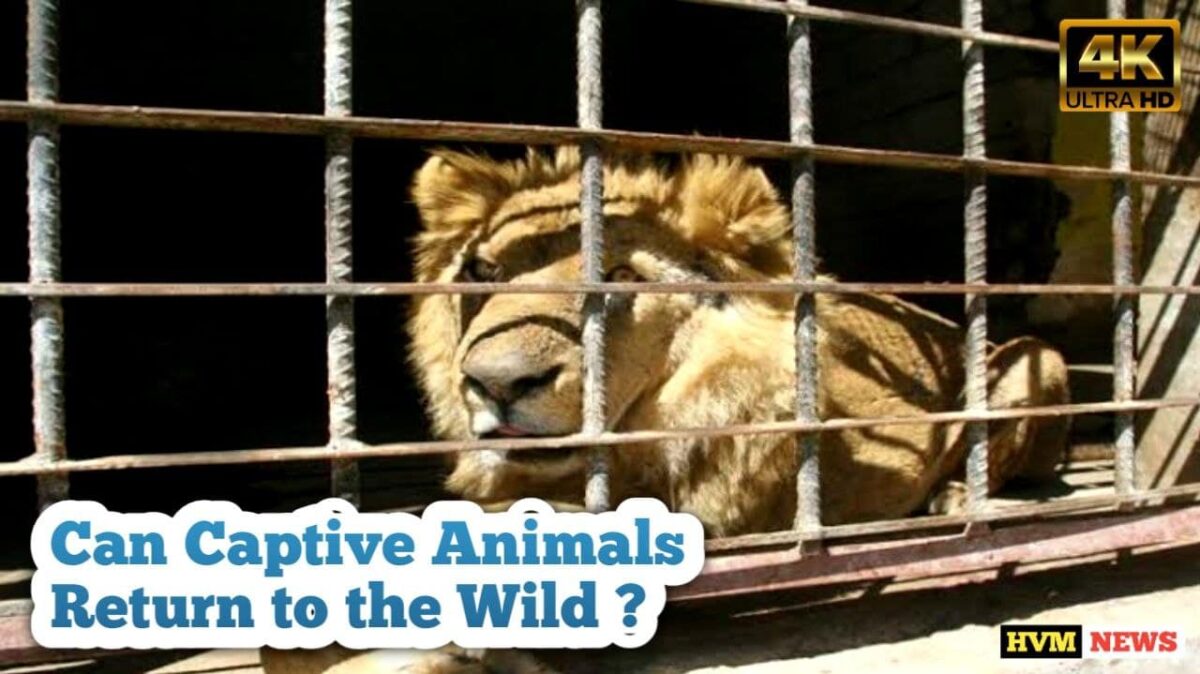For some species the road to release is
a long one. in many ways humans have
vastly improved how we treat captive
wildlife. but according to a new research
animals bred in captivity develop
physical changes ,that may hinder their
survival in the wild. the analysis
conducted by the Australian National
University shows that, animals bred in
captivity experience significant
physical and behavioral changes . the
captive environments drastically alter
selection pressures on animals ,that may
disadvantage their survival chances . once
released into the wild
you see they become more vulnerable to
predators.
according to one of the co-authors of
the study seemingly isolated examples of
major changes to animal phenotypes or
part of a trend that had gone unnoticed
for decades .moreover they added that the
change in behavior is a global thing,
that affects everything from butterflies
through to elephants.
the review Drew together existing
International and Australian research.
for example captive bred lions and other
carnivores have differing skull bone
shapes and weaker bite force .when
compared to their wild counterparts and
it is likely due to a diet of ground
meat.
moreover in captivity monarch
butterflies whose migration normally
spans to thousands of kilometers , lose
their migratory tendency . they are unable
to orient South and have different and
have different Wing shape and weaker
grip strength.

